Exploring Bondage Footwear
Bondage footwear is a distinctive category of shoes crafted to augment the experience of bondage—a mutual practice that entails the binding of feet or legs. These shoes are typically distinguished by features such as elevated heels, restraints, or elaborate designs aimed at restricting movement and, at times, inducing discomfort for the wearer. Targeted at a specialized market that values the unique appeal and artisanship, bondage footwear is not a conventional choice but rather an element of fetish and alternative fashion circles.
These products are designed with the anticipation of their use in bondage scenarios, where themes of control and constraint are paramount. Bondage can be a psychological or physical experience, pursued for various motives such as erotic enjoyment within a consensual partnership, aesthetic expression in fashion displays or photography, or as a means to safely explore and articulate one's sexual identity.
The guiding principles of bondage footwear design strive to strike a balance between practicality and wearer comfort, while maintaining the requisite safety and durability standards. The materials selected for these items, which include leather, PVC, latex, and robust synthetic fabrics, are chosen for their resilience under the conditions of binding or restraint. Occasionally, designs may incorporate metal or other sturdy materials to offer extra support and prevent excessive flexing.
Varieties of Bondage Footwear
Bondage footwear encompasses a diverse range of styles, each catering to different facets of fashion and fetish. Below is a synopsis of some prevalent varieties:
-
Heeled Boots and Shoes: Favored for their commanding aesthetic coupled with sophistication, heeled boots and shoes range from understated to ornate, with platforms and multiple straps, providing options for varied tastes.
-
Thigh-High Boots: Offering a striking visual, thigh-high boots rise above the knee and typically feature laces, zippers, or buckles for customization, popular in both fashion and intimate contexts for their leg-lengthening effect.
-
Sandals and Slippers: Although not classic bondage footwear, these open-toed options may sport high heels and straps, presenting an unconventional kinky twist on traditional sandals and slippers.
-
Lingerie Footwear: Created to pair with lingerie, these shoes often utilize materials like satin or leather and include delicate details appropriate for intimate settings.
-
Workout Shoes: For those blending BDSM with fitness, there are workout-compatible bondage shoes that offer necessary support during physical activity while embracing the concept of restraint.
Selecting Bondage Footwear
Choosing appropriate bondage footwear is essential for businesses serving the BDSM community. When selecting these items for resale or professional use, consider these factors:
-
Material: The footwear's longevity and visual appeal largely hinge on its material. Leather is traditionally chosen for its robustness and comfort, while synthetic options provide a broader spectrum of hues and textures without utilizing animal products.
-
Design: The design should mirror the desired degree of restriction. Ballet boots, for example, offer intense limitation suitable for seasoned users, whereas simpler options like ankle restraints may be more appropriate for novices.
-
Comfort: Given that these products are often worn for prolonged periods, comfort is crucial. Features such as cushioning, adjustable straps, and ergonomic insoles can significantly enhance user comfort.
-
Safety: In BDSM practices, safety is imperative. Ensure that the footwear includes safety features like anti-slip soles and reliable fastenings to mitigate the risk of accidents during use.
Bear in mind that these products are frequently purchased for professional application or resale, thus it's vital to account for the preferences and requirements of the intended clientele.
Bondage Footwear on Alibaba.com
Alibaba.com is recognized as a leading hub for procuring wholesale bondage footwear, boasting an expansive network of suppliers that offer a vast selection of styles to satisfy diverse tastes. The platform is designed to streamline international transactions, allowing businesses to effortlessly search for options based on material quality, design details, sizing, and more.
With Alibaba.com's Trade Assurance, businesses can transact with confidence, knowing their payments are safeguarded until order fulfillment is confirmed to their satisfaction. The platform's commitment to secure trading relationships guarantees timely delivery of expected goods.
Alibaba.com's dedication to aiding small and medium enterprises means it excels in delivering customized trading experiences for businesses at any stage of growth. It presents an extensive assortment of bondage footwear suitable for personal or commercial resale, without compromising on quality or diversity. This positions Alibaba.com as an optimal marketplace for businesses aiming to broaden their offerings in this specialized segment.
Frequently Asked Questions About Bondage Footwear
What materials are commonly utilized in crafting bondage footwear?
Bondage footwear is typically constructed from materials such as leather, PVC, nylon, and metal, selected for their sturdiness and capacity to endure varying degrees of stress during usage.
How can I ensure the bondage footwear I procure is comfortable for the user?
To guarantee comfort in bondage footwear, prioritize items with adjustable elements like lace-up fronts or elastic bands, and opt for materials that offer both resilience and pliability for the user.
Is there a standard size range for bondage footwear that should be considered for inventory?
Indeed, providing a comprehensive size range that accommodates different foot dimensions is crucial. Aim to stock products that cater to the specific measurements of your target demographic.
What are some current trending styles in bondage footwear?
Current popular styles encompass punk gothic boots, thigh-high boots, platform shoes, and classic high-top sneakers, often featuring distinctive design elements such as spikes or chains.
How do I select the right supplier for bondage footwear on a B2B platform?
Seek suppliers renowned for their quality workmanship and materials. Additionally, consulting customer feedback and ratings on the platform can provide insights into client satisfaction.
What considerations should inform the pricing of wholesale bondage footwear for my business?
Factor in production costs, material quality, and market competition when pricing. Balancing these elements with your financial plan will aid in setting an appropriate price for your products.
Are there specific care instructions for different bondage footwear materials?
Care guidelines vary depending on the material. For instance, leather may need regular maintenance and conditioning, whereas PVC requires special attention to avert cracking.
Can I source eco-friendly or sustainable materials for bondage footwear on B2B platforms?
Yes, numerous suppliers provide eco-conscious or sustainable materials, such as recycled or biodegradable options. It's advisable to directly inquire with suppliers about their range of eco-friendly products.
Why are adjustable features significant in bondage footwear?
Adjustable features like buckles and straps afford the wearer a tailored fit, enhancing comfort and safety during use.
How does the type of closure on bondage footwear impact its function and allure?
The choice of closure, be it lace-up, elastic band, or metal fastenings, can influence both the practicality and visual appeal of the footwear. Lace-up closures ensure a snug fit, while elastic bands provide ease of adjustment.
Are specific types of bondage footwear recommended for certain activities or preferences?
Certain bondage footwear is designed with particular activities or preferences in mind. For example, lightweight and supple materials might be favored for performance purposes, while more robust materials are selected for their durability.







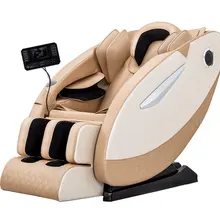
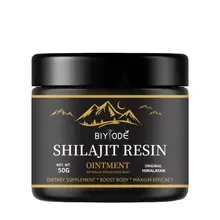
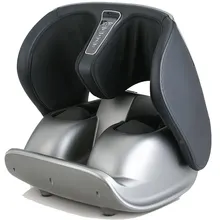
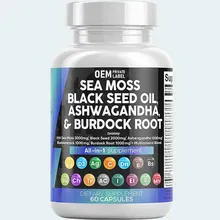






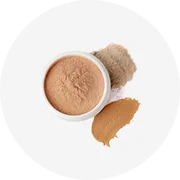
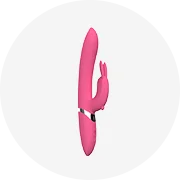
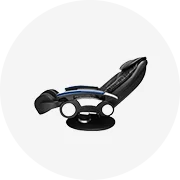
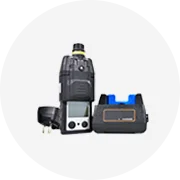









 浙公网安备 33010002000092号
浙公网安备 33010002000092号 浙B2-20120091-4
浙B2-20120091-4